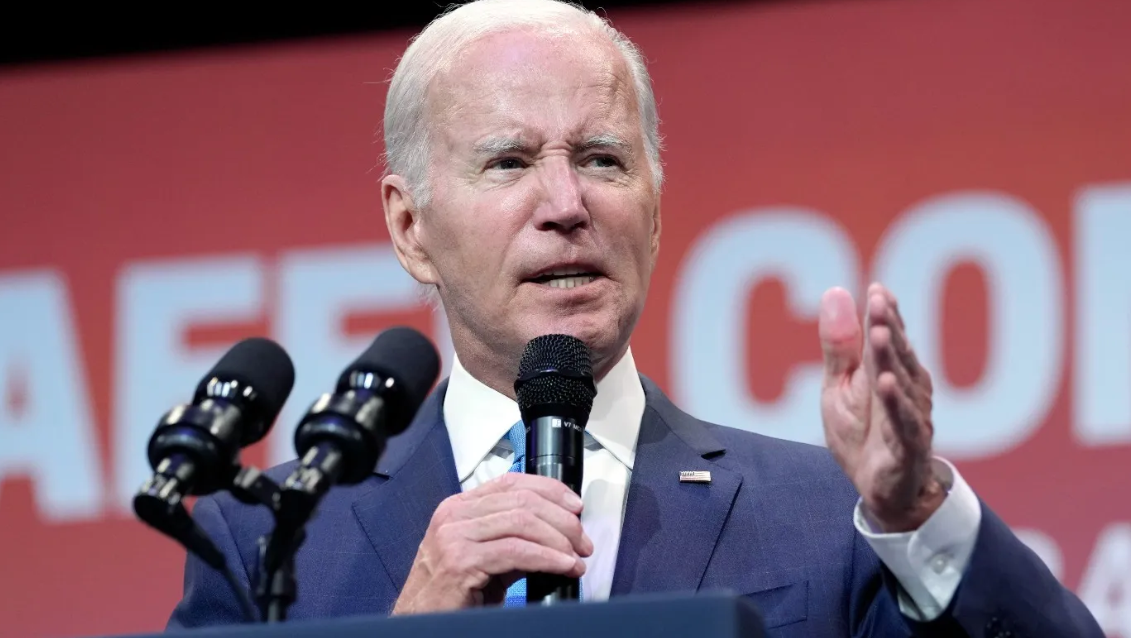As millions of Americans embark on repaying their student loans, President Biden introduces a new income-driven repayment plan – the Saving on a Valuable Education plan, or SAVE. This plan is designed to provide more flexible repayment options, tying monthly payments to earnings and family size. The SAVE plan is anticipated to save the average borrower $1,000 annually by reducing the income used to calculate monthly bills. Additionally, starting in February, some enrollees will witness their balances forgiven. Here’s a breakdown to help you determine if SAVE is the right choice for you:
Table of Contents
What is the SAVE Plan?
SAVE is an enhanced version of the existing income-driven repayment plan, Revised Pay as You Earn (REPAYE). Unlike traditional repayment plans, income-driven plans cap monthly bills at a percentage of the borrower’s earnings, extending repayment periods up to 25 years. The SAVE plan distinguishes itself by increasing the income shielded from payment calculations to 225 percent of the federal poverty line, up from 150 percent in existing plans. Undergraduate loan payments are capped at 5 percent of income above the 225 percent threshold, providing substantial relief for borrowers.
How Does SAVE Affect Loan Interest?
Unlike other income-driven plans, SAVE prevents negative amortization. If monthly payments are insufficient to cover accrued interest, the unpaid portion won’t be added to the remaining balance. This unique feature prevents borrowers from seeing their loan balances balloon over time.
Loan Forgiveness in the SAVE Plan:
For borrowers who borrowed $12,000 or less for undergrad or graduate school, loan forgiveness occurs after 10 years of payments, a significant reduction compared to the standard 20 or 25 years. Borrowers who exceed the $12,000 threshold see an additional year of payments for every $1,000 borrowed. Starting in February, the Education Department initiates forgiving the outstanding balance for eligible enrollees who borrowed less than $12,000 and have repaid for at least a decade.
How Much Will I Pay on SAVE?
Due to the higher income exemption, those earning under $32,800 or a family of four earning under $67,500 might not have to make payments under SAVE while accruing credit toward loan forgiveness. The Biden administration estimates potential savings of $1,000 annually compared to other income-driven repayment plans.
Who is Eligible for SAVE?
Federal loan borrowers and those consolidating loans from the defunct Federal Family Education Loan Program are eligible for the plan. Unfortunately, Parent Plus loan holders are excluded, and they can only enroll in the income-contingent repayment plan.
How Do I Apply for SAVE?
Applying is straightforward, and those already in REPAYE will be automatically switched to SAVE. The Education Department’s website (studentaid.gov/idr) facilitates a quick 10-minute application process, with loan servicers taking approximately four weeks to process it.
When Will My Payments Drop?
While the SAVE plan fully takes effect in 2024, enrollment is open now, and some features are already being implemented. Notable changes include raising the income exemption and halting monthly interest charges not covered by payments. Borrowers with undergrad debt will experience payment reductions in the coming year.
Understanding the SAVE plan is pivotal in making informed decisions about student loan repayment, ensuring borrowers navigate the complexities with confidence.


You may like it
2024 Haven Walker Music Scholarship Deadline Extended to January 31
Domino’s Steps Up to Help Ease Student Loan Stress: Get Your Free Pizza Now!
Georgia Governor Kemp Allocates $11.3 Million to Transform Literacy Education
New Path to Student Loan Debt Relief Unveiled by Education Department in February
Changes in Bus Stops and Eligibility Navigate FUSD Through Winter Storm Challenges
Mastering the Law School Interview: A Comprehensive Guide